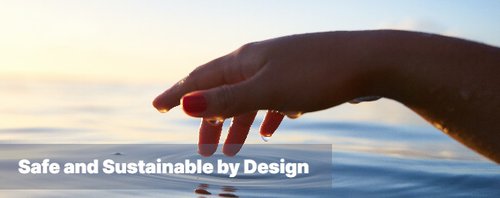Introduction: We are a contributing partner (Edelweiss Connect) to the SSbD4CheM project, an EU-funded initiative (HE) focused on material development in the textile, automotive, and cosmetics industries. With 19 expert partners collaborating from 14 European countries, the 4-year project is coordinated by VITO at the European level.
Project Overview: SSbD4CheM aims to introduce advanced screening and testing methods, promoting safe and sustainable material development across three key industries. The textile, automotive, and cosmetics sectors will be relevant demonstrators for implementing these methods.
Main Objectives: The primary goal of SSbD4CheM is to foster the creation of products and processes that prioritize safety for both humans and the environment, all while ensuring economic sustainability. The project is helping to pioneer a paradigm shift by integrating safety and sustainability considerations into the initial stages of product and process design, rather than treating them as an afterthought.
The SSbD4CheM Toolbox: Central to the project is the SSbD4CheM toolbox, a comprehensive collection of resources and tools designed to support the development of safe and sustainable products and processes. This toolbox includes a diverse array of tools, guidance documents, databases, and other resources accessible to industry, government, academia, and civil society stakeholders.
Conclusion: Our involvement in the SSbD4CheM project reflects our commitment to driving innovation that meets industry standards and prioritizes safety, sustainability, and economic viability. Stay tuned for updates as we actively contribute to this transformative initiative, working towards a future where safe and sustainable practices are at the core of material development.
